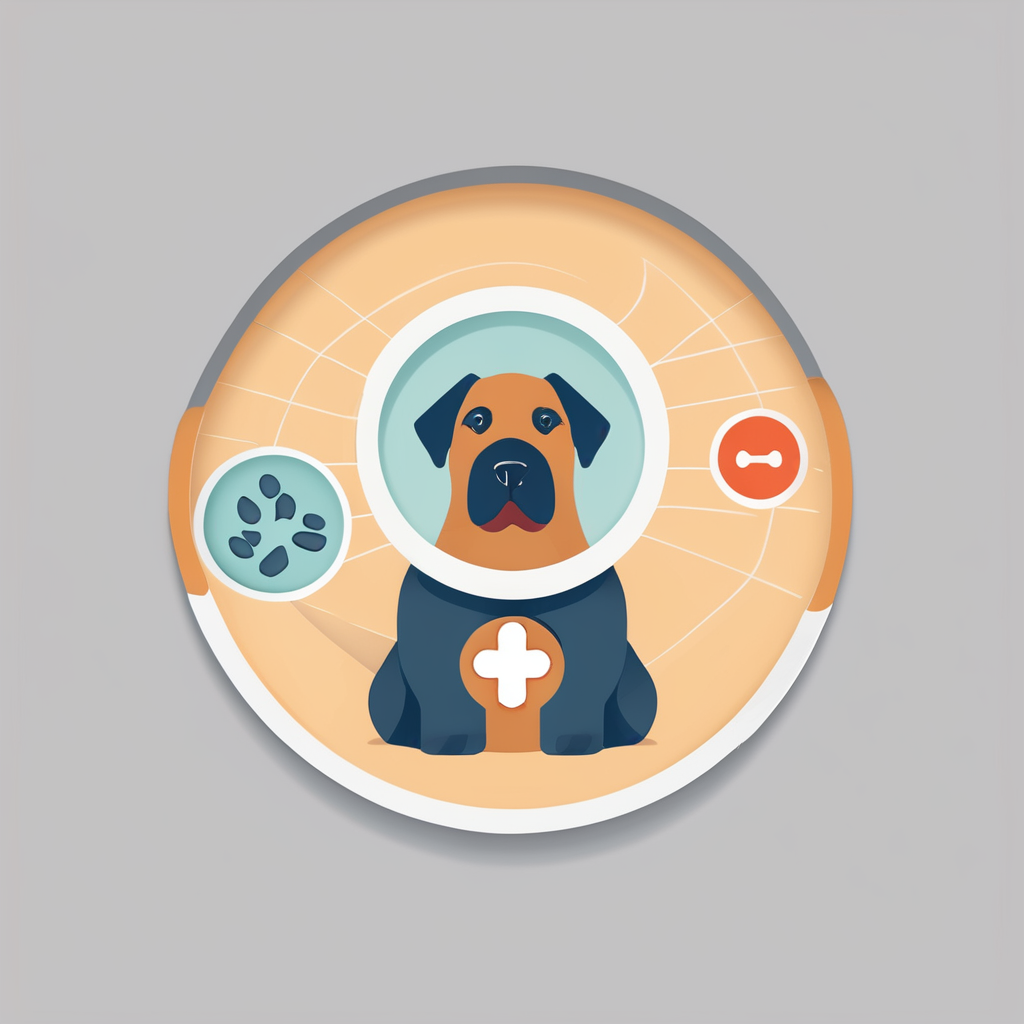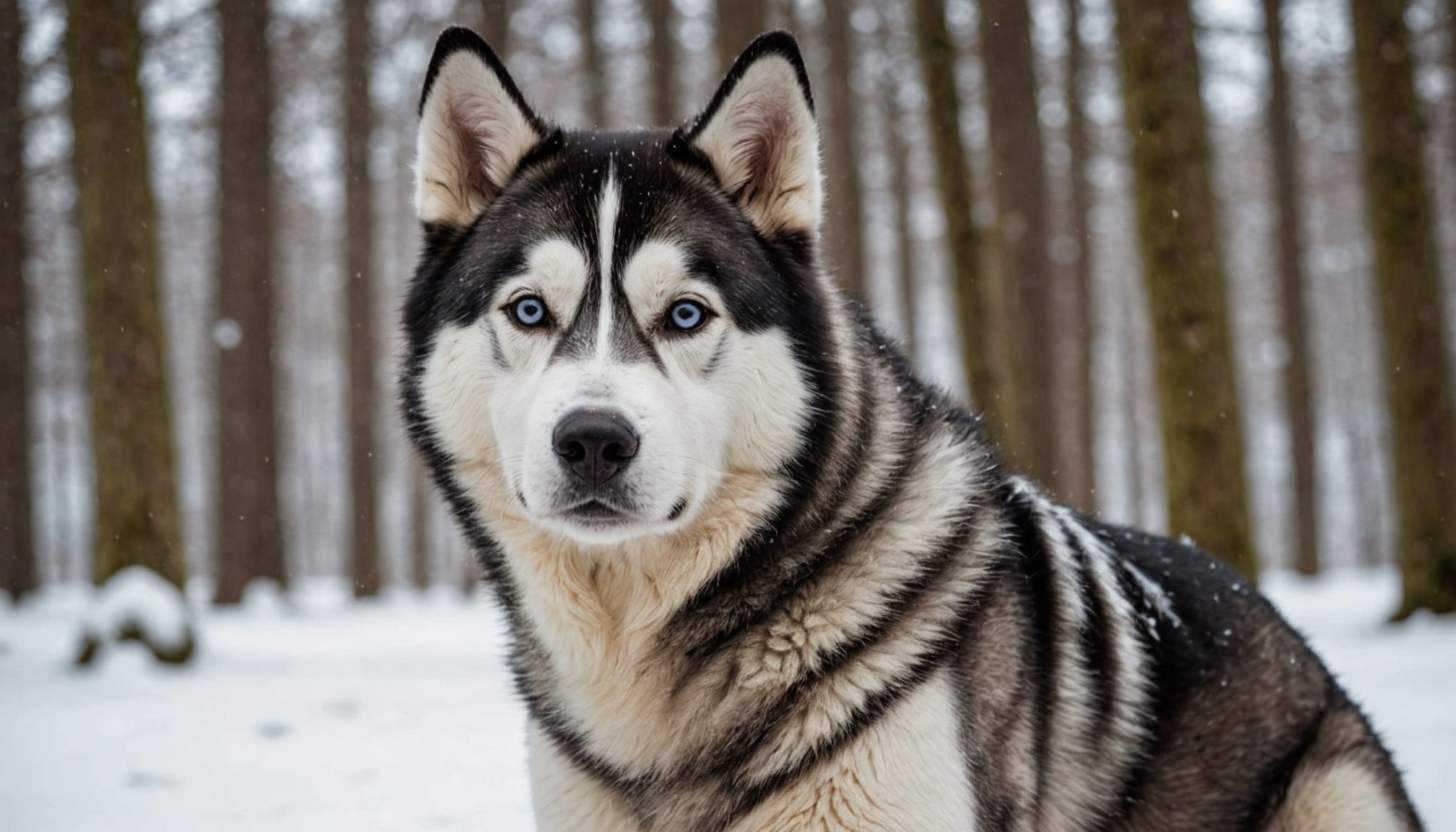Understanding Shedding in Siberian Huskies
The shedding in Siberian Huskies is an essential aspect when considering their care. This breed is renowned for its dense double-layered coat, which protects against harsh climates. It’s formed by a soft undercoat and a coarser outer layer, a common feature among thick-coated dogs.
A key factor influencing shedding patterns in Huskies is their coat type, which is inherently designed to withstand both extreme cold and occasional warmth. The two-layered structure means that shedding becomes inevitable, particularly during transitions between seasons.
This might interest you : How do I prepare my dog for a trip to the groomer to ensure a positive experience?
Seasonal shedding cycles significantly affect Siberian Huskies, as they typically shed heavily twice a year—known as “blowing their coat”. Spring marks the removal of the heavier winter undercoat, while the fall shedding prepares for a thicker replacement.
Other factors that can impact shedding include diet, health, living environment, and grooming frequency. Ensuring an optimal environment and regular grooming can mitigate excessive hair loss. Observing these shedding cycles and their impact is crucial for pet owners to maintain cleanliness and minimise fur all around the house. Understanding the natural rhythm of your Husky’s coat can guide both daily grooming practices and long-term care strategies.
Also read : Spotting initial seizure alerts in epileptic border collies: crucial tips for pet owners to prepare
Effective Grooming Techniques
Grooming techniques for Huskies are essential for maintaining their health and appearance. With their thick fur, using the right brush types is crucial. Recommended brushes include slicker brushes and undercoat rakes, which can effectively handle the dense undercoat while being gentle on the skin. These brushes help in picking up loose fur and preventing matting, especially important during high shedding periods.
An ideal grooming frequency involves brushing your Husky at least once a week. However, during the shedding seasons, more frequent grooming may be necessary to manage the fur. This routine minimises fur accumulation in your home and keeps your dog comfortable.
Step-by-Step Grooming Process
- Prepare the Area: Choose a suitable space with easy-to-clean surfaces.
- Begin with Detangling: Use a wide-toothed comb for any knots in the fur.
- Select the Right Brush: Start with an undercoat rake to remove loose hairs.
- Regular Sweeping: Follow up with a slicker brush for a smooth finish.
- Check for Skin Issues: Regularly inspect for any potential irritations or pests.
These grooming techniques not only help manage the shedding in Siberian Huskies but also promote a healthy, shiny coat.
Tools for Managing Shedding
Managing shedding in Huskies requires the right combination of shedding tools and grooming products. These tools not only help maintain a neat living environment but also promote the health of your dog’s coat.
Types of Brushes and Combs
For dealing with Huskies’ thick coats, various brushes and combs are essential. Start with an undercoat rake, effective for removing loose fur from the dense underlayer. Follow with a slicker brush to smooth the outer fur, reducing tangles. These tools are designed to handle thick-coated dogs gently, ensuring a stress-free grooming experience for your Husky.
Recommended Deshedding Tools
Invest in deshedding tools like the Furminator. Known for reducing shedding by up to 90%, these tools work by reaching beneath the outer coat to extract shedding fur without harming the top layer. This makes them invaluable during seasonal shedding upheavals, ensuring the health and appearance of the coat remain intact.
Other Essential Grooming Supplies
Beyond brushes, consider other grooming products like grooming gloves for a hands-on approach or electric trimmers for hot climate grooming. These offer cost-effective solutions, enhancing your toolkit for more efficient shedding management. Consistent use of these products helps maintain a cleaner home and a happier Husky.
Dietary Considerations
For maintaining a healthy coat and reducing shedding in Siberian Huskies, a balanced diet is crucial. Nutrition directly impacts the skin and coat health of these thick-coated dogs. Essential fatty acids, particularly omega-3 and omega-6, play a vital role. These nutrients improve skin elasticity and nourish the coat, leading to less shedding. Foods rich in these fatty acids include fish such as salmon and flaxseed oil.
Supplements for coat health can be advantageous. Omega supplements are readily available and provide an easy way to enhance your husky’s diet. They are often recommended by veterinarians for improving overall coat conditions and minimising unwanted fur loss.
Providing nutrients such as Vitamin E, biotin, or zinc is beneficial and supports skin health. These components help in repairing and maintaining the coat’s natural barrier, providing additional protection.
It’s essential to ensure your huskies nutrition is devoid of fillers and artificial additives. Quality over quantity should be the priority when selecting dog food. Consulting with a vet for personalised dietary recommendations can further tailor a plan to ensure a lustrous and resilient coat, aiding in effective shedding control.
Creating a Shedding Management Routine
Consistency is key when managing shedding in Siberian Huskies. A structured routine not only keeps your home cleaner but also ensures your Husky’s coat remains healthy. Start with daily care by allocating a few minutes each day for quick grooming. This helps remove loose fur, reducing the risk of matting and excessive shedding.
A weekly grooming regimen should include thorough brushing sessions. Using a combination of recommended tools, such as slicker brushes and undercoat rakes, can help manage your Husky’s dense coat type effectively. Aim to dedicate at least 30 minutes per week to this task, adjusting based on the current shedding phase.
Seasonal preparations are crucial for thick-coated dogs. As shedding seasons approach, ramp up your grooming routine by increasing frequency. During spring and fall, daily brushing is advisable to cope with the increased shedding. Integrate solutions like grooming gloves for added convenience.
Remain vigilant about any changes in your Husky’s coat condition. Factors such as diet and health can influence shedding, so maintain a balanced diet and address any potential concerns promptly. This comprehensive management approach ensures that your Husky’s shedding is controlled, promoting a harmonious coexistence.
Common Myths About Shedding
In the world of shedding myths, misunderstandings often shape the way owners care for their Huskies. Among these is the notion that all shedding is inherently negative. While it can be frustrating, shedding is a natural process that helps thick-coated dogs like Siberian Huskies regulate temperature and maintain skin health. Accepting this can guide owners towards more effective care routines instead of needless worry.
Myth: All Shedding is Bad
Contrary to this belief, not all shedding indicates a problem. Shedding in Siberian Huskies is a sign of a healthy coat type swapping seasonal layers. Understanding this helps owners focus on grooming techniques to manage rather than eliminate shedding.
Myth: Bathing Reduces Shedding
Another misconception is that frequent bathing decreases fur loss. In reality, over-bathing can harm your Husky’s skin and coat, elevating shedding instead of reducing it. A balanced grooming schedule with appropriate grooming products is more effective.
Myth: Only Long-Haired Dogs Shed
Huskies, despite not having long hair, still shed abundantly, underlining that shedding is not exclusive to long-haired breeds. By debunking these myths, owners can foster more informed and practical care for their pets.
Expert Insights and Testimonials
When it comes to handling shedding in Siberian Huskies, insights from experts can be invaluable. Veterinarians stress that understanding a Husky’s unique coat requirements is crucial for maintaining its health. Their dense coat types require consistent care to avoid skin issues and excessive shedding. Frequent brushing with the right tools, as recommended by grooming specialists, aids in managing annual shedding significantly.
Real-life experiences from Husky owners further confirm this. Many describe how transitioning to a routine for huskies with consistent grooming and appropriate dietary tweaks has made noticeable improvements. Their testimonials underscore the importance of choosing quality grooming products and seizing the shedding management advice from professionals.
Pet care professionals recommend these specific grooming techniques for huskies: using slicker brushes and undercoat rakes, and adopting proper grooming frequency. These practices harmonise with the natural shedding cycles and help to keep your home relatively fur-free. Moreover, sticking to professionals’ recommendations helps in preventing myths from clouding judgement, leading to better husky care.
In a community devoted to these lovable thick-coated dogs, coupling expert advice with shared experiences builds both knowledge and confidence in effectively managing your Husky’s coat health.
Visual Aids and Resources
Utilising visual aids for dog care can significantly enhance your understanding of effective grooming. These resources provide a practical guide visually demonstrating essential techniques and contributing to a more cohesive grooming process.
Diagrams of Grooming Techniques
Diagrams present an immediate, easy-to-follow reference for specific grooming techniques for Huskies. They can vividly illustrate the correct use of various brush types and showcase the methodical steps to achieve optimum results. By following these diagrams, pet owners can ensure they apply the most effective strategies for handling the dense coats of thick-coated dogs.
Video Tutorials on Shedding Control
Instructional videos offer a dynamic way to grasp nuanced grooming concepts. They outline how different shedding tools are used in real-time, offering step-by-step guidance and showcasing best practices. Watching experienced groomers can boost confidence and competence in managing a husky’s coat.
Infographics on Dog Coat Types
Infographics succinctly summarise vital information related to different dog coat types. They help in recognising the specific needs of Siberian Huskies, aligning with their unique shedding cycles. This enhances an owner’s understanding of their pet’s requirements, contributing to a well-rounded care routine.









